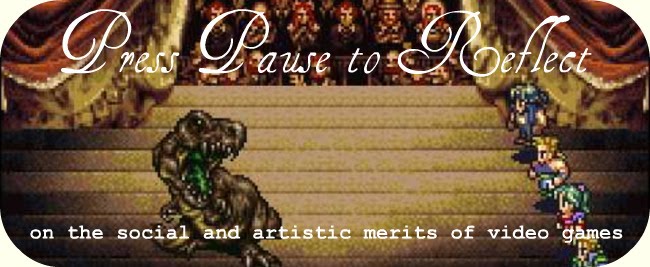When I first laid eyes on Sleep is Death, I was confounded. How can there be a compelling story with such dull, even hideous graphics? How will hosts guide an entire story in thirty seconds using this complicated interface? What if my stories don’t hold up? It takes some time to get past all that, but once the fog lifts the limitless potential of Sleep is Death is revealed.
It is difficult to talk about Sleep is Death without talking about the stories that result from play, and this is what makes Sleep is Death so fascinating: Each session is unique and personal. After spending some time familiarizing myself with the creator tools and host interface, I invited my friend Danielle to play a game with me. I’d prepared a story, using the setting included, about Lilith’s fall from grace in the Garden of Eden.
The result was sometimes frustrating while we were playing, since the thirty seconds on the timer always seemed to be gone too fast, and this resulted in some unusual moments. We still had fun with our tale of dogs that could only look in one direction, women who seemed to be speaking from their nether regions, cowardly disappearing snakes, and one incredibly rude devil. Even funnier, we discovered, was the flipbook that resulted from our story. All our mistakes became part of the charm of the story.
Shortly after our first session, I installed an updated version of the game and downloaded some visual packs which made the game more attractive. Danielle didn’t have the new version, however, which resulted in some truly bizarre moments for our next game. The resulting flip book was only two frames. The first depicted a pair of legs standing in a surrealist landscape. In the second frame, the legs had moved to the left. They spoke: “Help.”
Our third game also encountered technical issues, mostly because Danielle was playing on a much older laptop which was having trouble staying connected wirelessly. A young girl spoke to Danielle’s avatar in a bedroom. She told him she had bad news. At this point, I thought Danielle’s connection cut out, but I sent a silly final frame before I restarted the program. It made it through, and the bedroom became a dark cave as the girl explained the situation: “Shit be freaky.” This is now something that my friends say in casual conversation, like they would quote a favorite book or television episode. As far as emotions go, pride is not often associated with video games.
We’ve had some successes with the program since then, and the resulting stories have been much more satisfying to play. The real charm of Sleep is Death, however, comes from the fact that even when the experience is less than stellar, even when you feel rushed or confused by the interface or technical difficulties, the results are personal to you and your creative partner. You can show the best stories to your friends in flip books, and they will appreciate these video game stories more than others because they are created and played by their friends.



No comments:
Post a Comment
Note: Only a member of this blog may post a comment.